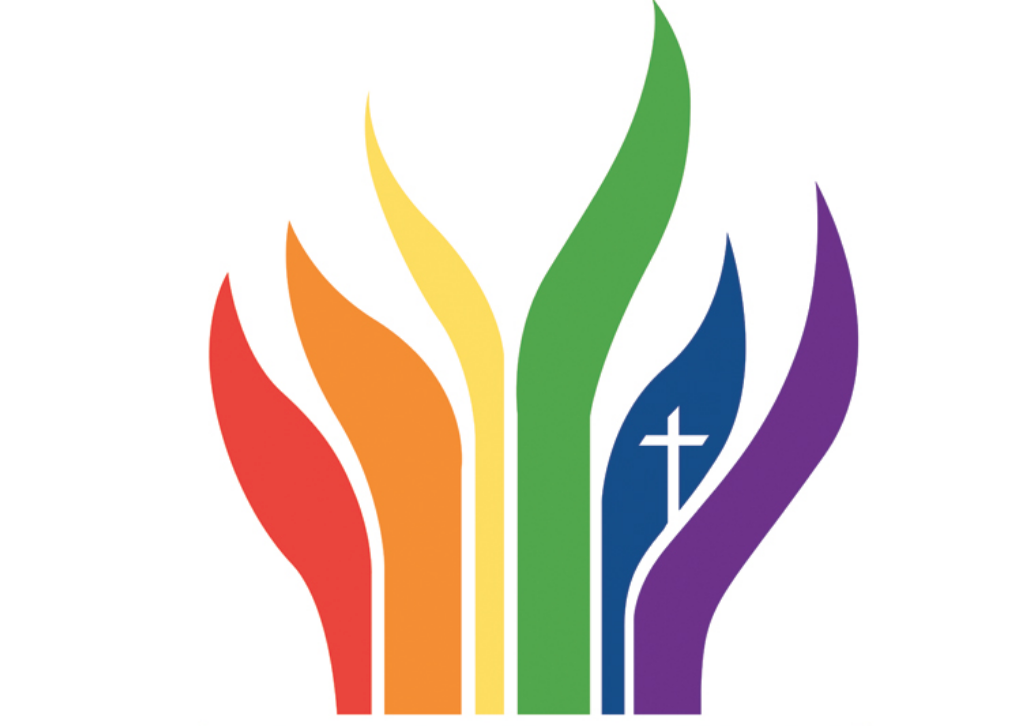Here is a trivia question for (the few) GetReligion readers who follow sports, and professional football in particular.
Name the only head coach in the National Football League who is a (a) former pro quarterback, (b) an ordained minister and (c) the former head of a seminary?
Yes, I am not making up that last detail. The answer? That would be (the Rev.) Frank Reich of the Indianapolis Colts.
Now, there is another reason that I brought up Reich and his unique resume (see this Baptist Press piece by Tim Ellsworth, one of my former students in Washington, D.C.), including his service as president of Reformed Theological Seminary in Charlotte, N.C.
The big NFL story, these days, is the unusually high number of big name quarterbacks who are either on the move or asking (or hinting) that they would like to move to other teams. The first big domino to fall in this story was Carson Wentz moving from the Philadelphia Eagles to the Colts.
Wentz should be in the prime of his career, but had an epic slump in 2020, a collapse that was clearly mental and emotional, as well as physical. As many pundits and journalists noted, Wentz hadn’t really been at the top of his game since he lost the quarterback coach — that would be Reich — who helped him become a potential superstar.
ESPN noted that the Colts are:
… banking on their present -- and future -- with Wentz to solve what has unfortunately been a revolving door at quarterback in Indianapolis over the past few years. …
The person responsible for ensuring Wentz is the answer for the Colts?
Reich.
The coach is putting his reputation on the line by believing he can get Wentz, who was his quarterback when he was the offensive coordinator in Philadelphia, back to the level when he was considered an MVP contender before a season-ending knee injury in 2017. …










